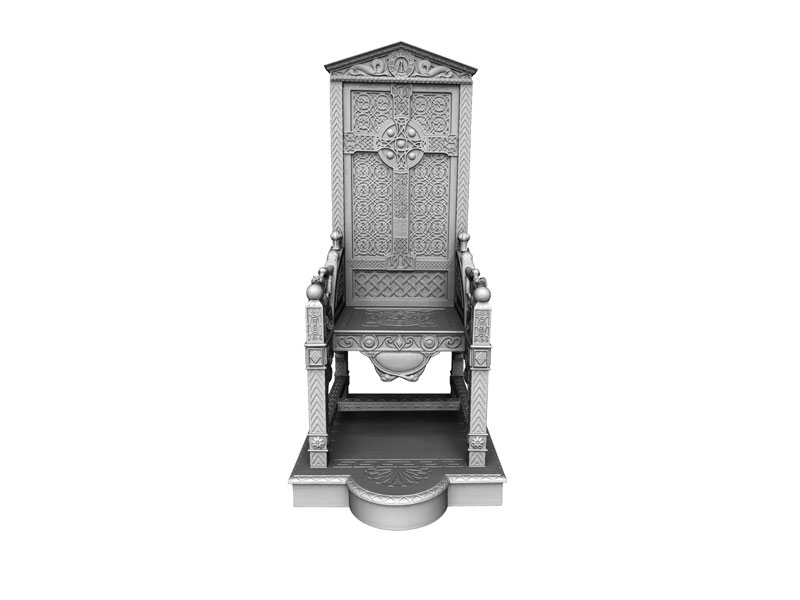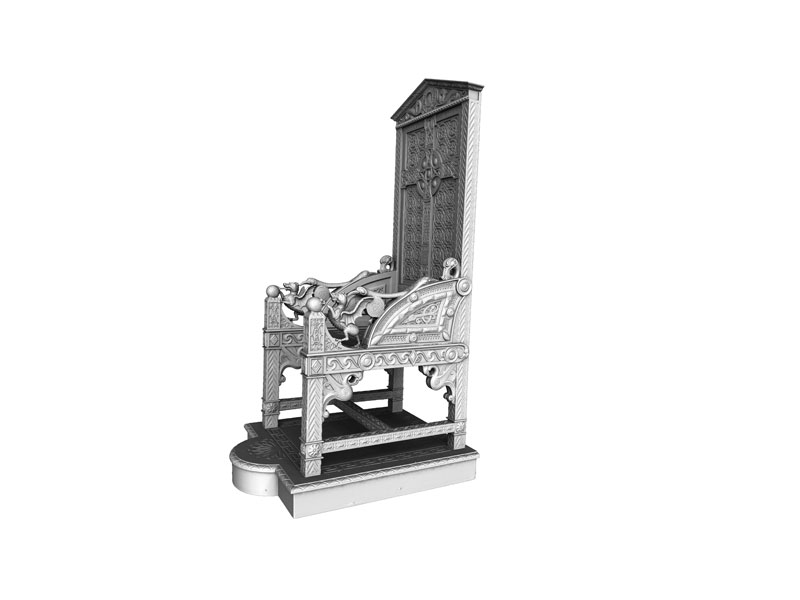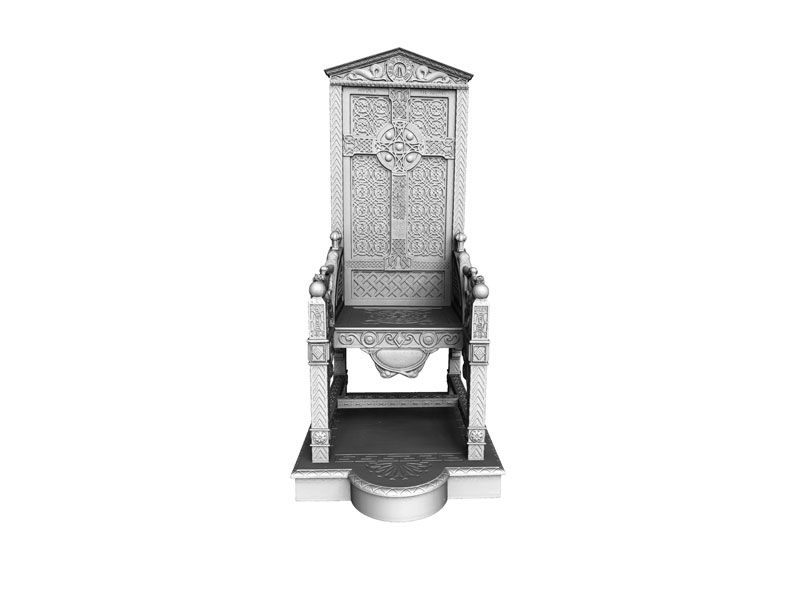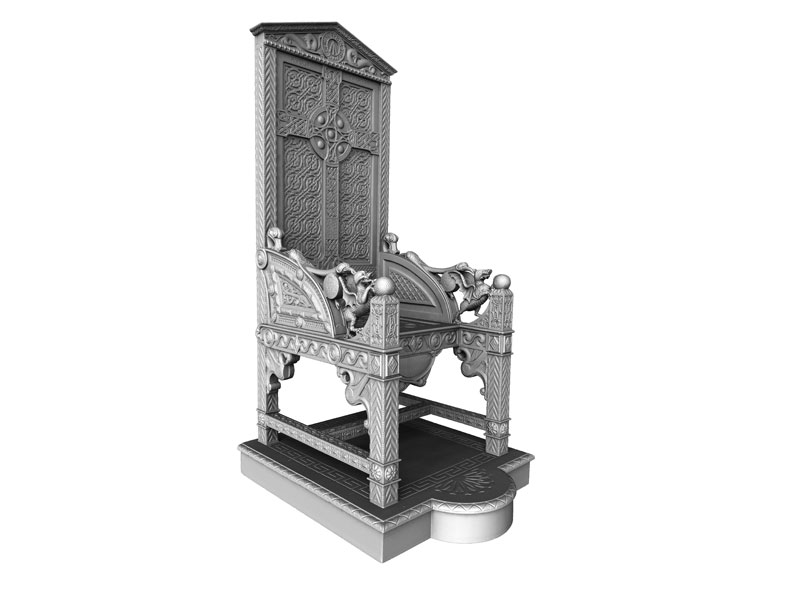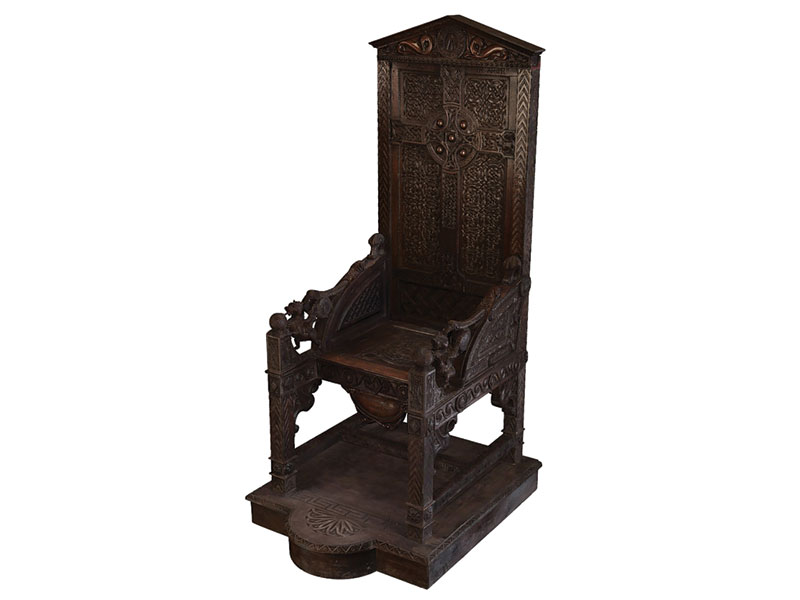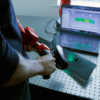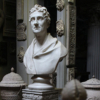CASE STUDY
3D Digital Archiving The Black Chair
The sad tale of Hedd Wyn, winner of the 1917 Eisteddfod poetry competition and Bardic Chair, is enshrined in Welsh history as a story that remembers a lost generation of young Welsh men who died in WWI. Europac 3D were commissioned to create a 3D scan of the famous Black Chair.
Poet Ellis Humphrey Evans (Hedd Wyn), who entered the Eisteddfod poetry competition under the assumed name of ‘fleur-de-lis’ in 1917 was soon after killed at the Battle of Passchendaele, sadly only weeks before his entry ‘Yr Arwr’ (The Hero) was declared the winner. The winner is traditionally presented with the Bardic Chair – on this occasion a wonderfully ornate work of art created by Flemish refugee craftsman, Eugeen Vanfleteren, who decorated the chair lavishly with Celtic and Welsh symbols and motifs making it one of the most impressive Eisteddfod chairs ever made. When the name ‘fleur-de-lis’ was announced as the Eisteddfod winner on September 6th, 1917, it was solemnly proclaimed by the Archdruid that Hedd Wyn had died in battle and was therefore unable to claim his chair. A black sheet was draped over the empty chair and it was returned to his family farm in North Wales where it remains to this day.
Kreon Skyline 3D Laser Scanning
The Snowdonia National Park Authority and CyMAL commissioned Europac 3D to scan the famous Black Chair. In the small surroundings of the farmhouse a Kreon Skyline arm and laser scanner, was used to completely scan the chair and pick-up the incredible detail in the wood carving. The Kreon Skyline scanner was particularly adept at this task with a 200mm laser line bandwidth and an incredible data capture rate of 600,000 points per second. A vast amount of raw point cloud data was collected on the chair in order to make sure every part of the chair was completely digitally documented in its current form, the team at Europac 3d then used Polyworks software to convert this data into a 3d mesh surface model suitable for further analysis and visualisation operations.
With this information, the original chair has in effect been archived and the data can be used to re-engineer the chair in its entirety if necessary. Using normal internet browsers, people all over the world can now read the story of Hedd Wyn and see a fully rotatable version of the chair, enabling it to be inspected at all angles and at varying levels of zoom. We also created a fly-through video which moves through both solid model and fully rendered versions of the chair for use in exhibitions and websites.

